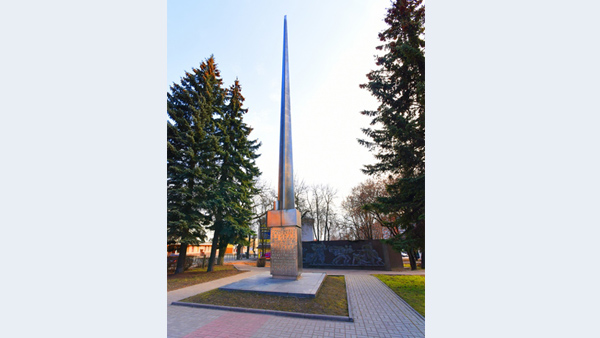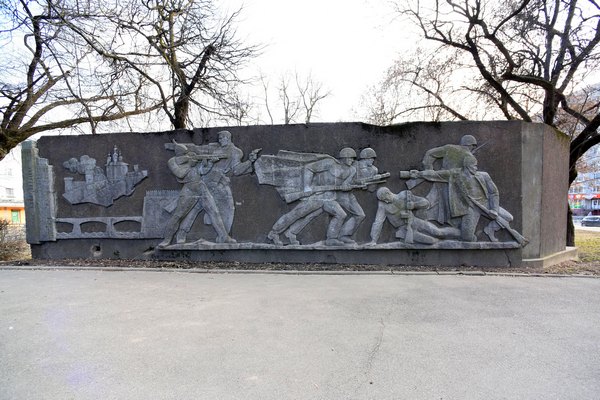The Russian bayonet glory will never fade!

In the evening of July 15, 1941 on the southern edge of Smolensk was noticed the column of Nazi troops …
The situation at the front in those days was extremely tense. As a result of certain strategic and operational failures of the Soviet command during few weeks left, the Germans managed to move into our territory significantly. The controlling of the Red Army was broken, many units were surrounded and the German armored columns continued to rush to Moscow …
In the southern part of Smolensk, at that day there were not any of the Soviet regular units. The Germans were resisted by the policemen and fighters of workers assault battalions, who were armed only with light weapons. Therefore, the Germans managed to burst to the Dnieper River for few hours, and only strong actions, made by the chief of the Smolensk garrison Colonel Malyshev, without any agreement with the headship, that ordered to blow up bridges, prevented the enemies capture of Zadneprovye at once.
But still there was the probability that the Germans could possess Smolensk fully soon, remained. As there wasn’t any significant force of the Red Army, the Germans began to cross the Dnieper. Soon they occupied the larger part of Zadneprovye. It was, when the soldiers of the retreating Soviet 129th Rifle Division came to the city, with Major-General A. Gorodnyansky, and saved the situation.TSV_2317

And yet, despite of the desperate courage of the 129th Division fighters, the forces were unequal. But the parts of our 16th Army came to the city more and more. Fierce fighting began in the streets of Smolensk. By the 28th of July the whole Zadneprovye was cleared of the enemy, but at the moment appeared a real threat for our two armies. We had to drew in …
The monument «Bayonet» was unveiled in September 25, 1969 in Smolensk upon Pokrovskaya mountain, at the crossing of Frunze and 12 October streets, in honor to heroism of the Red Army and those, who defended the city in July 1941. Its authors are the architect D.A. Kovalenko and the sculptor A.G. Sergeyev. This 19-meter-high obelisk is made of the stainless steel in the form of Russian bayonet and the stele with a bronze bas-relief. On the north side of the monument there is an inscription «Workers of Smolensk for the soldiers of the 16th Army, the 152nd, 129th, 46th, 127th, 158th infantry divisions and gain parts, who were fighting against the Nazis courageously». On the south side — the words «Glory for Russian arms.»
The mentioned above monument is an object of cultural heritage (the monument of history and culture) of regional importance «The obelisk-bayonet, was set in 1969 in honor to the 16 Army soldiers, who defended Smolensk against the Nazi in 1941 heroically.»

